Can A Baby Monitor Pick Up Cell Phones?
In the age of digital connectivity, parents are increasingly relying on baby monitors to keep an eye on their little ones. These devices offer peace of mind by allowing parents to monitor their baby's activities from another room. However, a common concern that arises is whether baby monitors can pick up cell phone signals. This question is not just about privacy but also about the potential for interference and the overall reliability of the baby monitor. In this article, we will delve into the technical aspects of baby monitors, explore the likelihood of them picking up cell phone signals, and provide practical advice for parents.
Understanding Baby Monitors
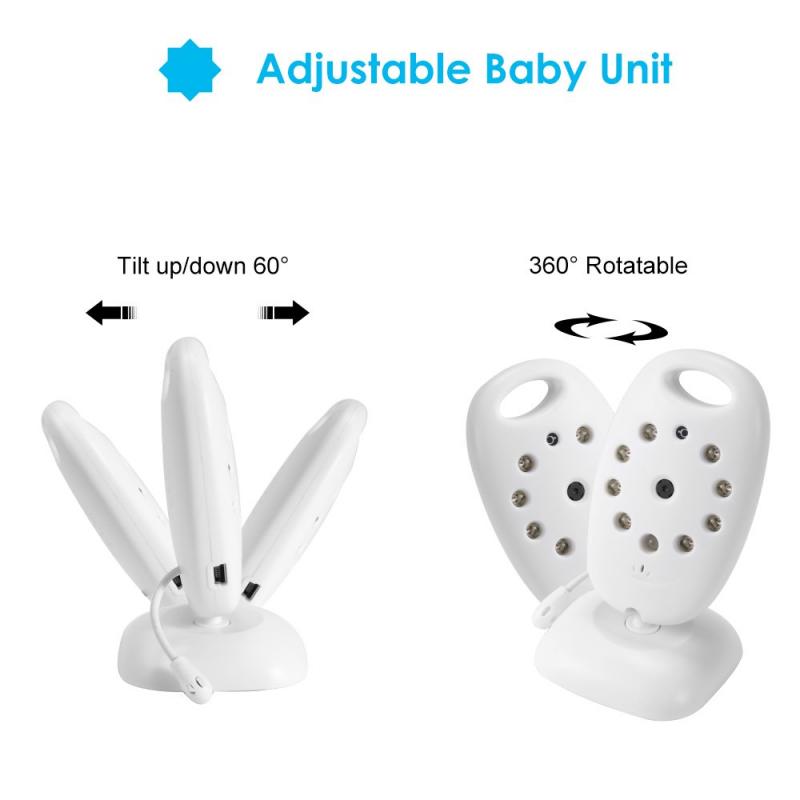
Baby monitors come in various types, including audio-only, video, and smart monitors that connect to Wi-Fi. The primary function of these devices is to transmit audio and/or video signals from the baby's room to a receiver, which could be a dedicated monitor or a smartphone app. The transmission can occur over different frequencies, such as analog (49 MHz, 900 MHz) or digital (2.4 GHz, 5.8 GHz).
Types of Baby Monitors
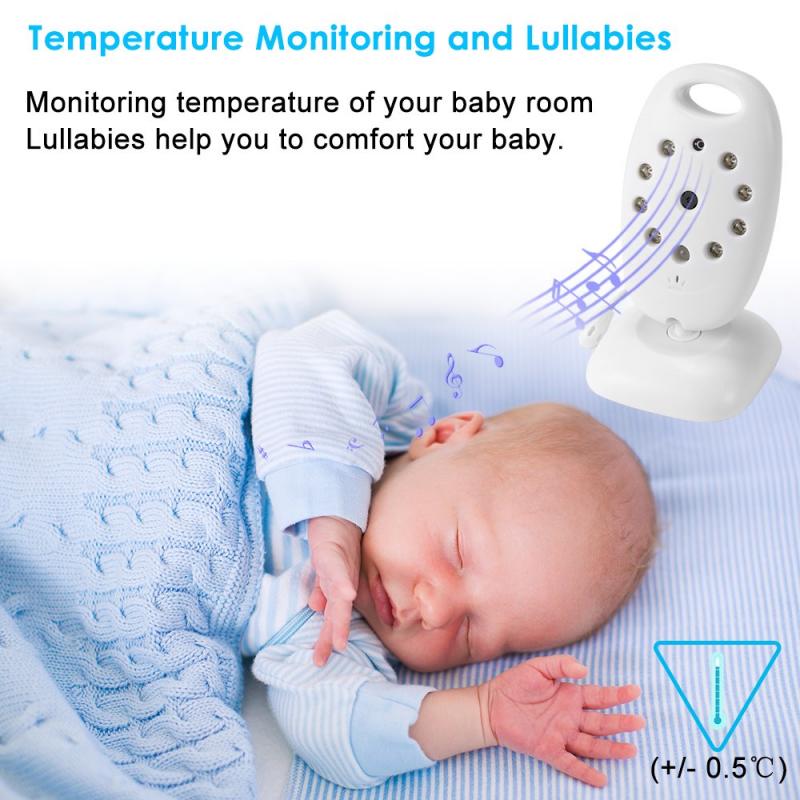
1. Analog Monitors: These are the older types of baby monitors that operate on lower frequencies like 49 MHz or 900 MHz. They are more susceptible to interference from other electronic devices, including cordless phones and even other baby monitors.
2. Digital Monitors: These operate on higher frequencies, typically 2.4 GHz or 5.8 GHz, and use digital encryption to provide a more secure and interference-free signal. They are less likely to pick up signals from other devices.
3. Wi-Fi Monitors: These connect to your home Wi-Fi network and can be accessed via a smartphone app. They offer the most features but are also dependent on the stability and security of your home network.
Can Baby Monitors Pick Up Cell Phone Signals?
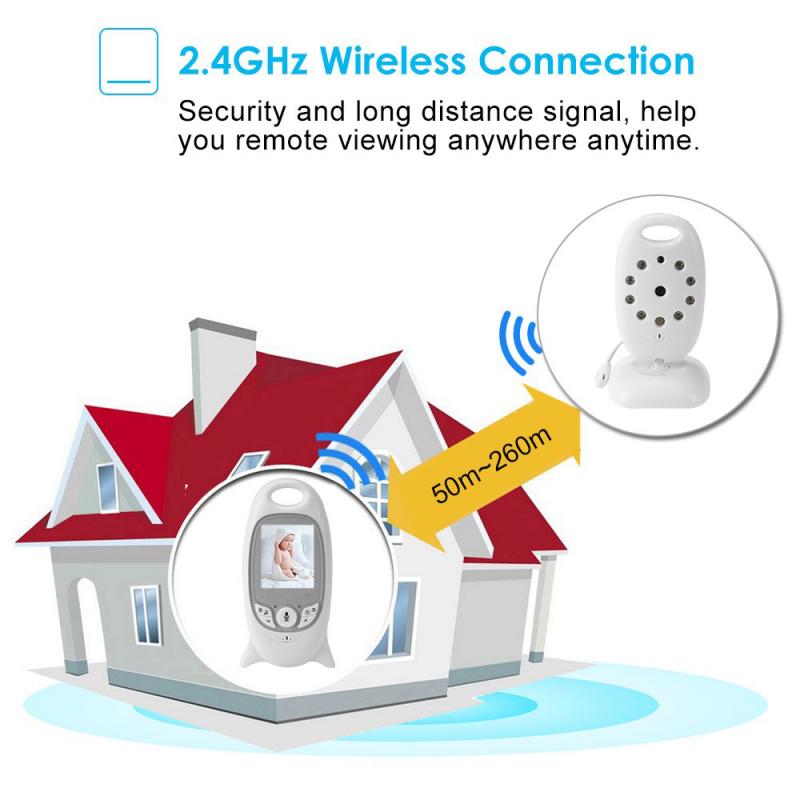
The short answer is: it depends. Here are some factors that influence whether a baby monitor can pick up cell phone signals:
1. Frequency Overlap: Cell phones typically operate on frequencies ranging from 700 MHz to 2.7 GHz. If a baby monitor operates on a frequency close to this range, there is a potential for interference. However, modern digital baby monitors are designed to minimize this risk.
2. Analog vs. Digital: Analog baby monitors are more likely to pick up stray signals, including those from cell phones, because they lack the encryption and signal isolation features found in digital monitors.
3. Proximity: The closer a cell phone is to the baby monitor, the higher the likelihood of interference. However, this is generally more of an issue with analog monitors.
4. Signal Strength: A strong cell phone signal can sometimes bleed into the frequency range of a baby monitor, especially if the monitor is analog. Digital monitors are less susceptible to this issue.
Practical Tips to Avoid Interference

1. Choose a Digital Monitor: Opt for a digital baby monitor with encryption. These are less likely to pick up stray signals and offer better security.
2. Frequency Selection: Some baby monitors allow you to select the operating frequency. If you experience interference, try switching to a different frequency.
3. Keep Devices Separate: Maintain a reasonable distance between your baby monitor and other electronic devices, including cell phones, to minimize the risk of interference.
4. Wi-Fi Security: If you are using a Wi-Fi baby monitor, ensure that your home network is secure. Use strong passwords and update your router's firmware regularly.
5. Regular Updates: Keep your baby monitor's firmware updated to benefit from the latest security features and bug fixes.
Addressing Privacy Concerns
One of the primary concerns for parents is the potential for eavesdropping. While the likelihood of a baby monitor picking up cell phone conversations is low, especially with digital monitors, it's not entirely impossible. Here are some steps you can take to enhance privacy:
1. Encryption: Ensure that your baby monitor uses encrypted signals. This makes it much harder for unauthorized devices to intercept the transmission.
2. Secure Wi-Fi: For Wi-Fi baby monitors, use WPA3 encryption on your home network. This is the latest and most secure Wi-Fi encryption standard.
3. Monitor Placement: Place the baby monitor in a location where it is less likely to pick up stray signals. Avoid placing it near windows or other areas where external signals might be stronger.
4. Regular Audits: Periodically check the devices connected to your home network to ensure there are no unauthorized devices.
While the concern that a baby monitor can pick up cell phone signals is valid, the likelihood of this happening is relatively low, especially with modern digital and Wi-Fi monitors. By understanding the types of baby monitors and the factors that influence signal interference, parents can make informed decisions to ensure the safety and privacy of their monitoring systems.
Choosing a digital or Wi-Fi baby monitor with strong encryption, maintaining a secure home network, and following best practices for device placement and updates can significantly reduce the risk of interference and unauthorized access. Ultimately, the peace of mind that comes from knowing your baby is safe and secure is well worth the effort.
In summary, while no system is entirely foolproof, taking these precautions can help you minimize the risks and enjoy the benefits of modern baby monitoring technology.


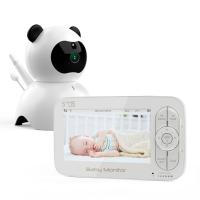
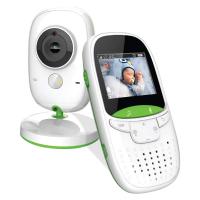
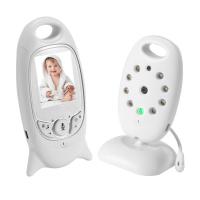
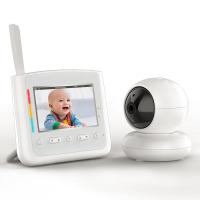
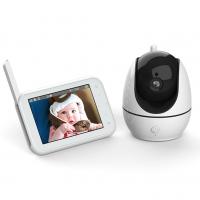
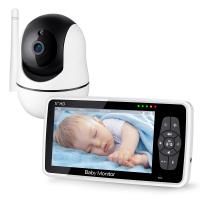
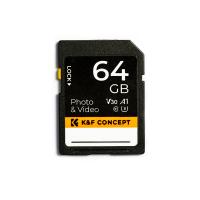


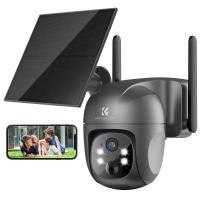






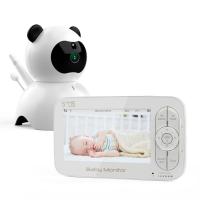
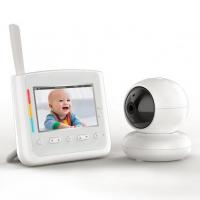




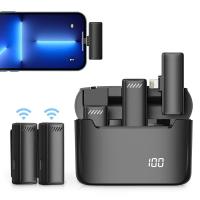




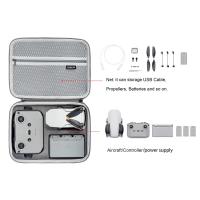







There are no comments for this blog.